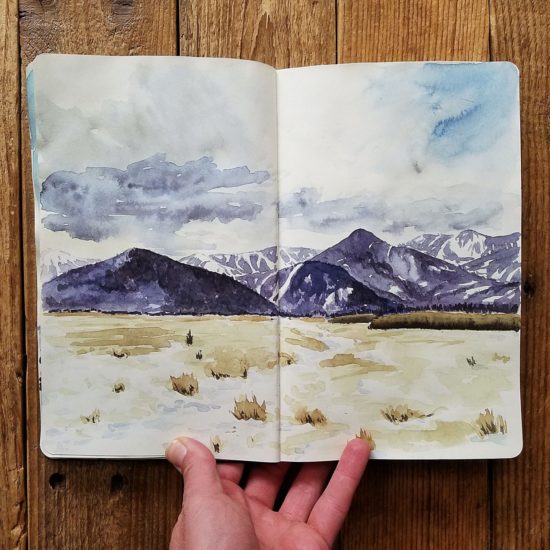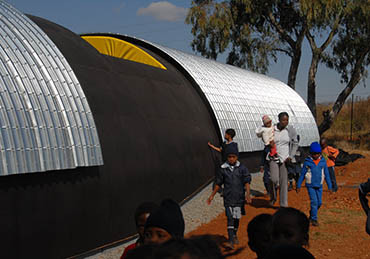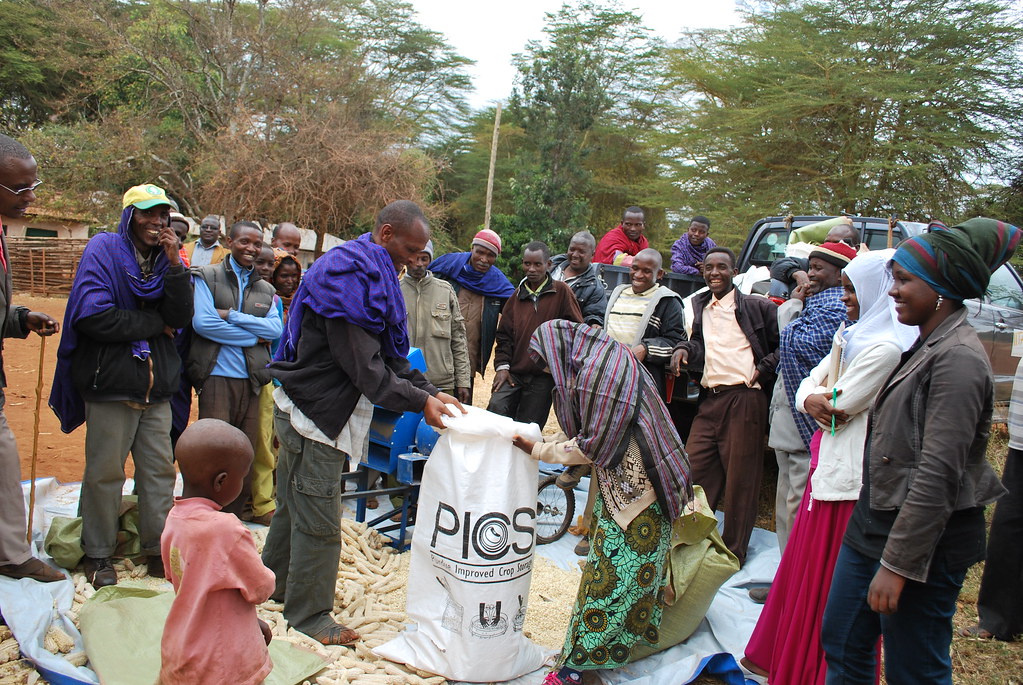Bridgette Meinhold is a sustainability consultant who helps individuals and businesses to reduce their environmental impact. She is also the Architecture Editor for Inhabitat and a contributing writer for Ecouterre.com. She released her first book – Urgent Architecture, a collection of housing projects in the context of natural disasters, in 2013.

Bridgette, it’s lovely to talk to you. You live in Park City, Utah, working out of an art studio made from a shipping container. Here you paint natural landscapes of mountains, trees and foggy settings. Have you always been artistic and loved painting?
Creating, making, painting and expressing myself through art has been integral to my life ever since I was a child. I loved drawing and painting as a kid, then in college when I didn’t have the space, I was very into photography. After college, I had the space and time to take up painting again and with each year, my skills have improved and my love for this mode of communication has expanded.
Art has always been a way for me to explore the world around me, reflect on my surroundings, and to then share my thoughts and feelings. I love the act of creation, using my hands and figuring out how to tell stories through my work. My main goal now is to share my wonder of the natural world with others in hopes that they will want to love and protect it more.
You studied mechanical engineering at San Diego State University, followed by a masters in civil and environmental engineering at Stanford. Did you always want to work in eco-architecture and sustainable design innovation, or was there a specific reason that made you decide to choose this path?
Back in high school in the late 90s, I began to learn about climate change and how the use of fossil fuels was affecting us. I learned about renewable energy and felt that I could really make an impact by pursuing a career that would progress the use of solar, wind and other sustainable technologies. As I studied and learned more through my education and internships, I realized that there was more to the story than just switching everyone over to renewable energy.

Energy efficiency, sustainable design, policy, green transportation, agriculture, land use, and the choices consumers make are all major factors that have affected our world. I was interested in all of the aspects of sustainability and it was hard for me to pick one area to focus on, so I became a sustainability consultant for a number of years and helped companies reduce their environmental impact.
In your book ‘Urgent Architecture’ you present 40 housing solutions for natural disasters and climate change around the world. Could you explain a little about the book and some of the most important ideas featured in it?
After Hurricane Sandy and a number of other major natural disasters, I was struck by how our built environment can both hurt and save us. Building codes vary so greatly from country to country and developing nations have less infrastructure to protect people. I was really fascinated by the design and technology around housing as a way to save people from natural disasters. Climate change is only exacerbating natural disasters, and with our population rapidly increasing, more and more people are at risk from natural disasters.

I wanted to draw attention to how our homes can save us if we design them correctly. So the book takes a look at 40 housing solutions that can help us immediately after a disaster, as we recover from disasters, and ways to build homes efficiently and smartly to withstand disasters. Everyone will be affected by climate change, and our homes are our first line of defense and can be smartly and efficiently built to help us weather the changes and dangers.
Do you have a target audience that you would ideally like to sit up and take notice of these innovative designs and solutions?
I wrote the book for a really wide audience – everyone from architects and designers to homeowners and policy makers. I wanted more people to realize that our homes are really important and how we design them could be a matter of life and death in the face of a natural disaster.
Of course, we need to do everything in our power to limit climate change, switch to renewables, focus on more efficient design and transportation and all the things to lower our carbon emissions. But we also need to contend with natural disasters which are growing in strength and work to minimize the damage and loss of life. So the book is really intended for anyone who has work to do with home design and construction.
In relation to our Shape Your Future video series, I would like to ask you one more question, in fact, the one to top them all and to guide all of us:
“How do you shape your future?”









